GuideOutside the church, we met the sort of man I didn’t think existed outside books. He was dressed in his Sunday tweed and carried a wooden stick. His eyes, rheumy and aged to a pale blue, peered out from behind old-fashioned glasses. When he greeted us, it was in a local accent I’d only ever heard as satire or fond mimicry. The church was burnt in a great fire, he said, back in 1688. The fire had taken much of the old town with it - the rooves were thatch then, which is hard to dowse, since the whole idea of thatch is to shed rain, “And there were no fire engines; not much you can do with a pail of water.” He pointed his stick to the houses behind us. “They rebuilt the fronts in the Georgian style, but if you were to look at the backs, you’d find them older.” Through the whole town, these symmetrical Georgian facades feature blank, brick-filled windows, where the newer fronts don’t quite match up with the older buildings. He lead us back and forth through the history of Bungay like a page of exposition, pronouncing it Bun-gee, with a hard g as in go. The church used to come out to there (he prodded at the stone with his stick) and if we looked up we could see the change in decoration where it was rebuilt after the fire - it took them ten years or more to re-roof it. But these ruins here (he traced the shape of the arches in the air) are older still. This was once a Benedictine priory, then came the dissolution of the monasteries, "And the nuns were turned out to wander the countryside." Did we see the crumbling wall on the street behind us? We’d see it again outside the Catholic church next door. It marked the limits of the old town. And up behind the shop with the pink sign (he gestured with his stick) we could find the way to the castle. This was a good defensive spot on a huge loop of the River Waveney. There’s only a quarter mile from bank to bank on each side of town, but the river travels three miles or more between them. ImpermanenceWe’d come down to the border between Norfolk and Suffolk with the idea of walking all afternoon then setting up camp in a field beside the river. But we were tired and dreamy after staying late at a wedding reception near Norwich the night before, so already we were letting that plan go. We’d spent the morning breakfasting in a fancy hotel and napping in our room before checking out. Part of me was still in the enormous bed, sunk in a nest of soft pillows, listening to the rustle of oak leaves and the tok . . . tok . . . tok of golfers teeing off outside our window. We put 50p each into the green box in the tea room and thus gained admission to the castle. Townsfolk made homeless by the great fire had once built ramshackle cottages around the base of the castle. These are long since gone, but in an echo of those temporary houses someone had pitched a tent at the edge of the moat. A marquee had been set up in the field beside the castle and snatches of someone’s soundcheck drifted over to us as we explored the small keep. Moon river, wider than a mile, I’m crossing you in style some day. “I wonder how they got permission to camp here,” I said, as we sat in the sun. “Perhaps we could jump over the fence and sleep up here tonight.” But Dan sensibly predicted that the marquee was gearing up for a noisy evening, so we went on our way. Two drifters off to see the world - there’s such a lot of world to see. Signs“Well, according to the key, this leaf symbol is a woodland walk.” I was trying to find a place to eat lunch, using a small-scale road atlas as a guide. “There’s one around here somewhere.” We pootled through acres of pale gold wheat, along narrow lanes, over little bridges, turning this way and that until we arrived at a scrappy parking area featuring one picnic bench, some old farm machinery and a heap of white, chalky clay. We munched on our sandwiches as we walked. A few minutes down the bridleway a sign pointed us To The Minster. We followed the path between fields of cows and crops to a small plantation where we picked a few juicy, low-hanging cherries to finish our lunch. We caught glimpses of South Elmham Hall only two fields away, but it felt almost private here - dozy, secluded, warm. The soft clouds reminded me of pillows. Entering an older wood, we discovered a lush green clearing and, in the centre, the walls of a ruin. A sign indicated this was the Minster. “A minster was an important early church,” it informed us. But it seems people aren’t entirely sure when this church was built. “In the past it was thought that this ruin was the Saxon cathedral,” read the sign, but now it’s considered that “Herbert de Losinga, Bishop of Norwich 1091-1119, was the likely builder of the minster.” Around us, the trees, weeds and grasses hummed with insects, making it difficult to concentrate. My eyes kept flitting up from the board to follow bees and butterflies. We’d found a place to sleep. DistanceAfter driving through village after village after village on an unsuccessful quest to find a cafe or tearoom, I declared that Sunday in this quiet patch of Suffolk must still be a day of rest. Halesworth, too, was deserted, the shops along the pedestrianised Thoroughfare shut tight against the wind. But The Angel was doing business, so we ordered a large pot of tea. A few locals propped up the bar. Bits of their conversation hooked and snagged around me as I sank into the world of my novel - a ragtag community of people living on the Thames barges in the early 1960s. In my book, Nenna was going to visit her husband. Better take a cheap all-day ticket, the bus conductor advised, if Nenna really wanted to get from Chelsea to Stoke Newington. “Or move house,” he advised. A young woman stooping under a huge backpack came into The Angel for a bite to eat before catching a train to Bristol. “Bristol!” exclaimed one of the locals. “That’s a long way.” WildI beat a hasty retreat. “Snake-it’s-a-snake!” The snake, a skinny dark-coloured thing about two feet long, made its own slithery exit into the hollow base of a nearby tree. We’d returned to the ruins of the Minster to try pitching our new tarp and I’d been about to tie it to that very tree. I felt rather less inclined to do so under the beady gaze of a snake - even if my tweeted plea for identification (thanks for your responses, Dru and Suffolk Naturalist) and a bit of subsequent Googling clarified that it was a non-venomous juvenile grass snake. While the other trees might also have had snakes in them, my ignorance to that fact made them much more approachable. It was our tarp’s first outing and time for us to put our knowledge to the test. We’d been practicing our knots in front of the tarp DVD for the last week, trying to memorise forms and names - bowline, slippery clove hitch, guy-line knot, that knot with the loops, the one where you go around the tree twice and do the twists. We started with a flying-V (that’s a tarp pitch, not a guitar), hitching one corner high up on a tree trunk and using a walking pole to add a bit of extra room inside. The knots held. Not bad. This was the quickest, easiest, most spacious pitch we tried. Next, we attempted a basic A-frame pitch, slinging the ridgeline between two trees. We were much less successful with this one, fumbling with the angles and tension until we gave up. We then experimented with a much more enclosed pitch, with the back of the tarp pegged down and the front rising in the middle on a single walking pole. This pitch may have a name, but I don’t know it. It gave a lot of privacy and would probably work quite well in a campsite. In the end, we decided to sleep within the ruined walls, in the grassy enclosure. We used a kind of lean-to pitch, with half the tarp acting as a groundsheet. The sun set as we ate our tea, filling the sky with pink clouds, underlighting trees in glowing orange and washing the Minster in purple shadow. We crawled into our bivi bags, snuggling down into the soft grass. The whine of mosquitoes proved rather distracting - that’s something we didn’t have to worry about when we were sleeping out in winter. Moths fluttered against the tarp, tawny owls called and dozens of little bats emerged from the trees. “Come on, bats,” I whispered. “Lots of mozzies down here for you!” We fell asleep watching the bats scoot above us, crisscrossing the darkening sky. DirectionBreaking the stillness of early morning, a herd of cows bellowed greetings to us. They stalked us noisily along the opposite side of a hedgerow until we left their field behind. As we slung our packs into the car, a hare stood up to watch then loped away. Near the river, greylag geese had moved into a stubble field, which only the day before had still been dotted with large straw bales. More geese were coming, strung out across the low sky in vees and skeins. A tiny muntjac deer tottered across the road in front of the car, then disappeared into the trees. It began to rain. We turned south, towards home. | 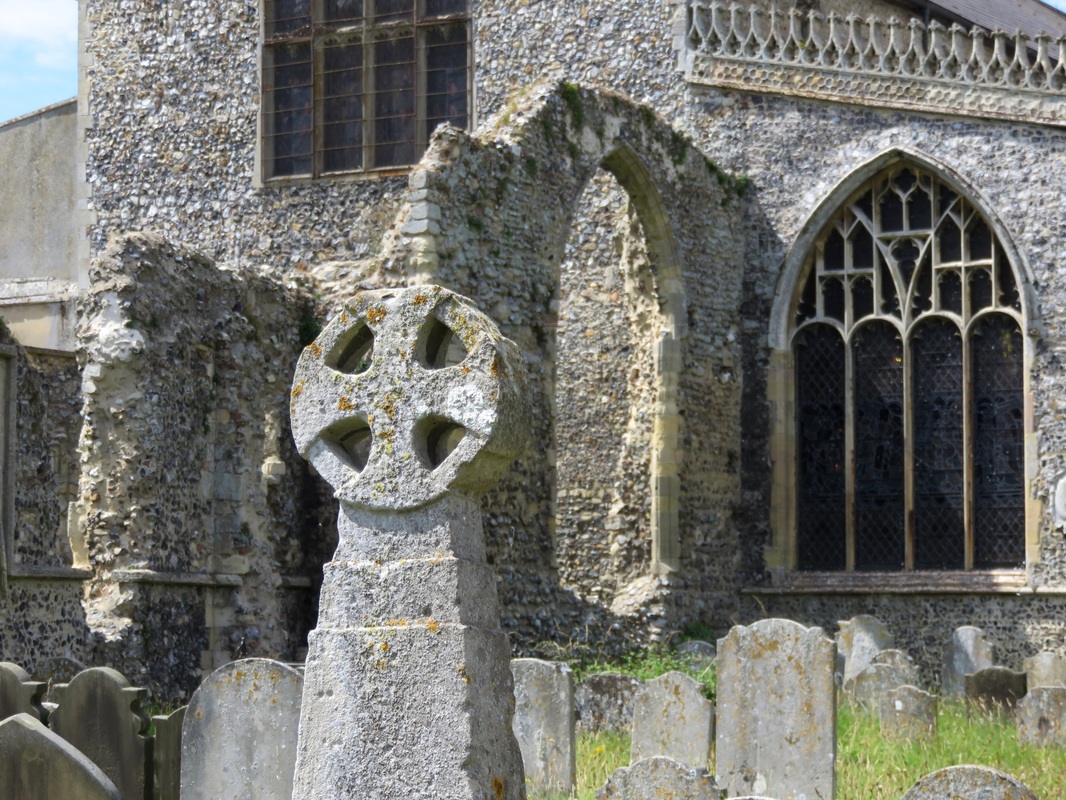 The ruins of a priory extend from the back of St Mary's. 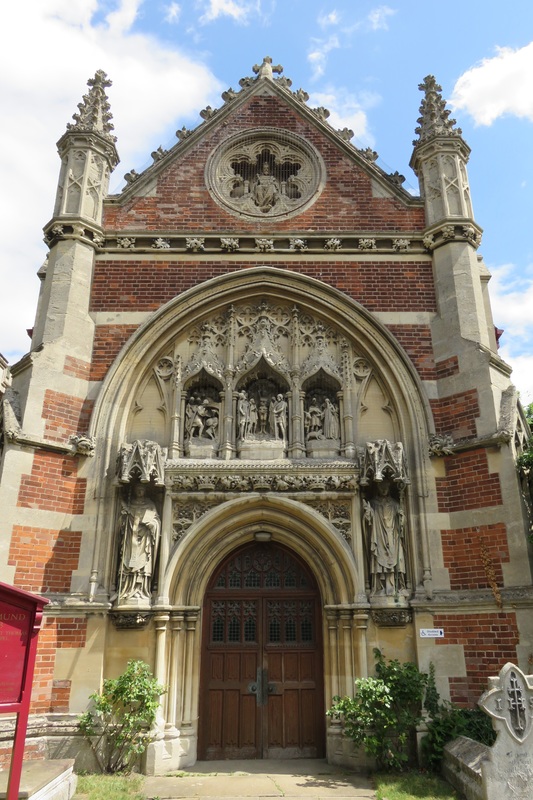 St Edmund's, Bungay's Catholic church.  An interesting old shop front in Halesworth. |
We'll also take the tarp on our Walk Across Wales this month. I'm having a few weeks off from blogging to go on this adventure from Aberystwyth to Hay-on-Wye via the Cambrian Mountains and the Wye Valley Walk. We'll probably tweet occasionally so check Twitter for updates!
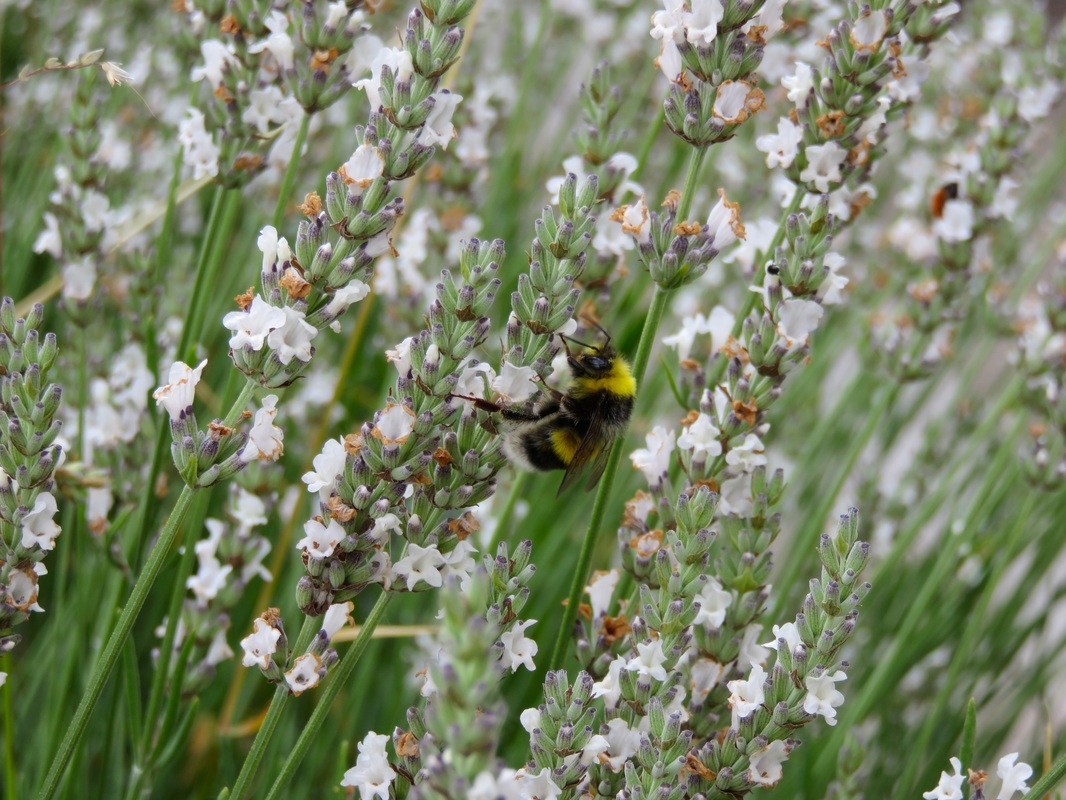
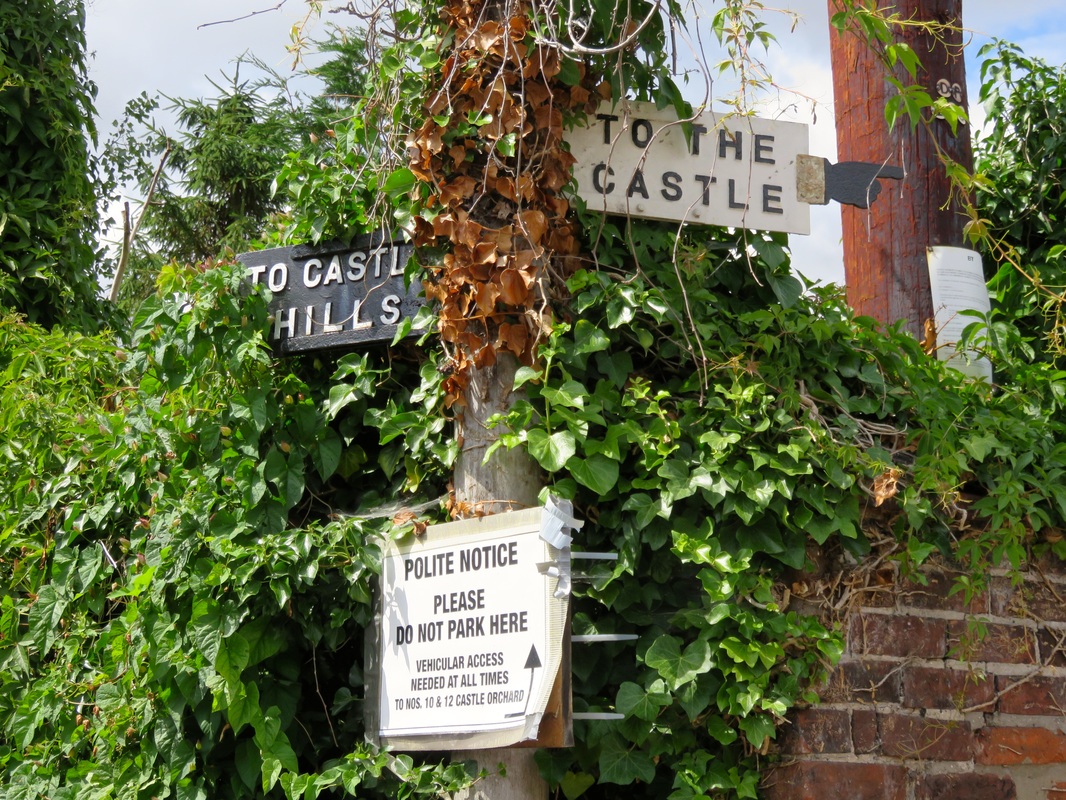
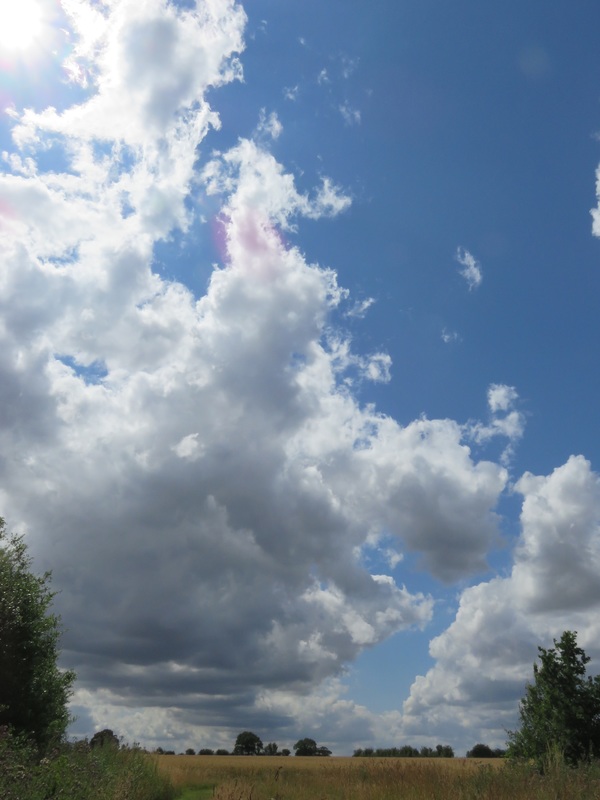
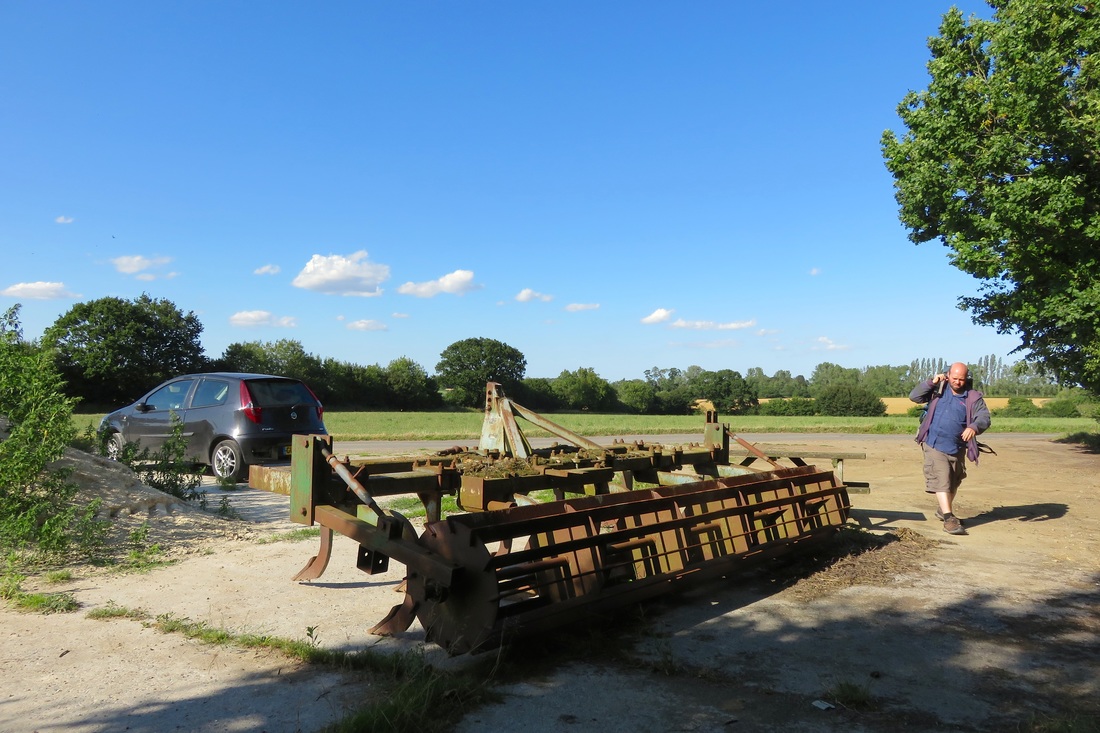
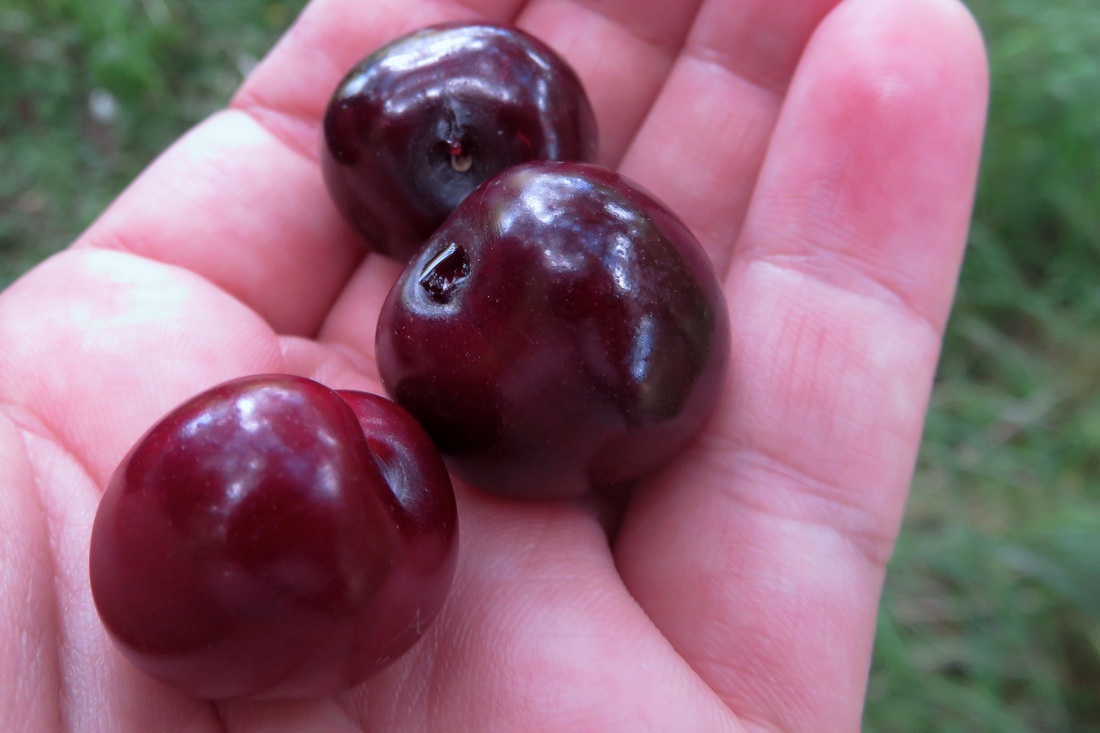
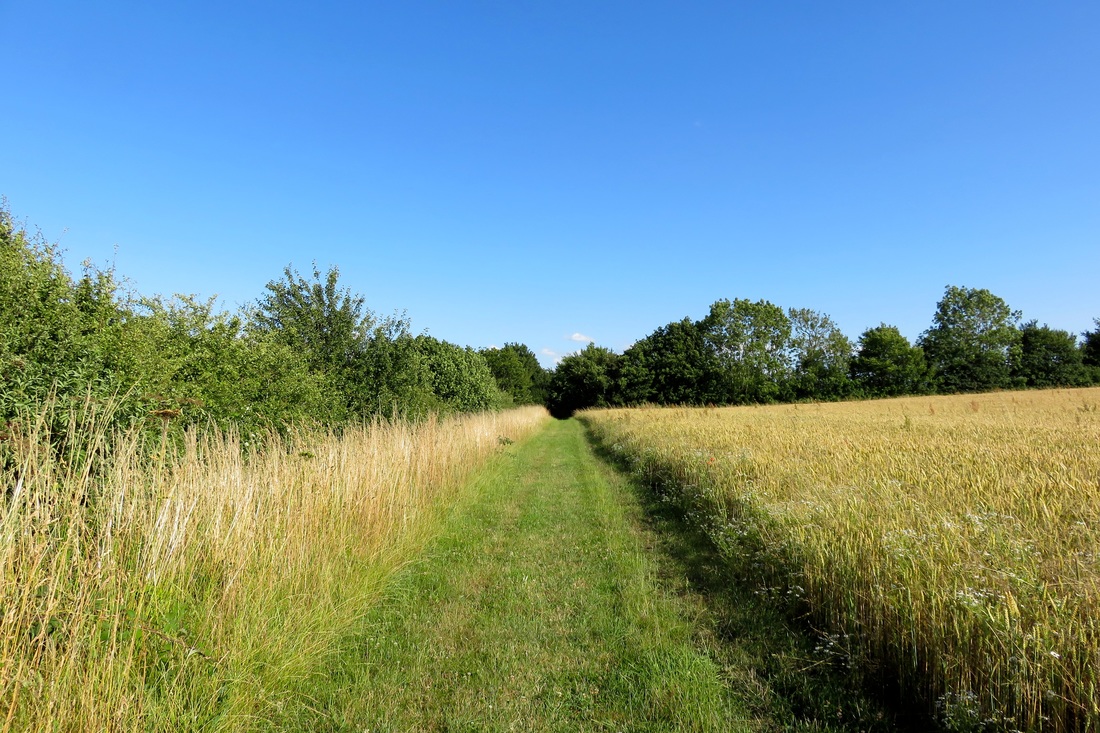
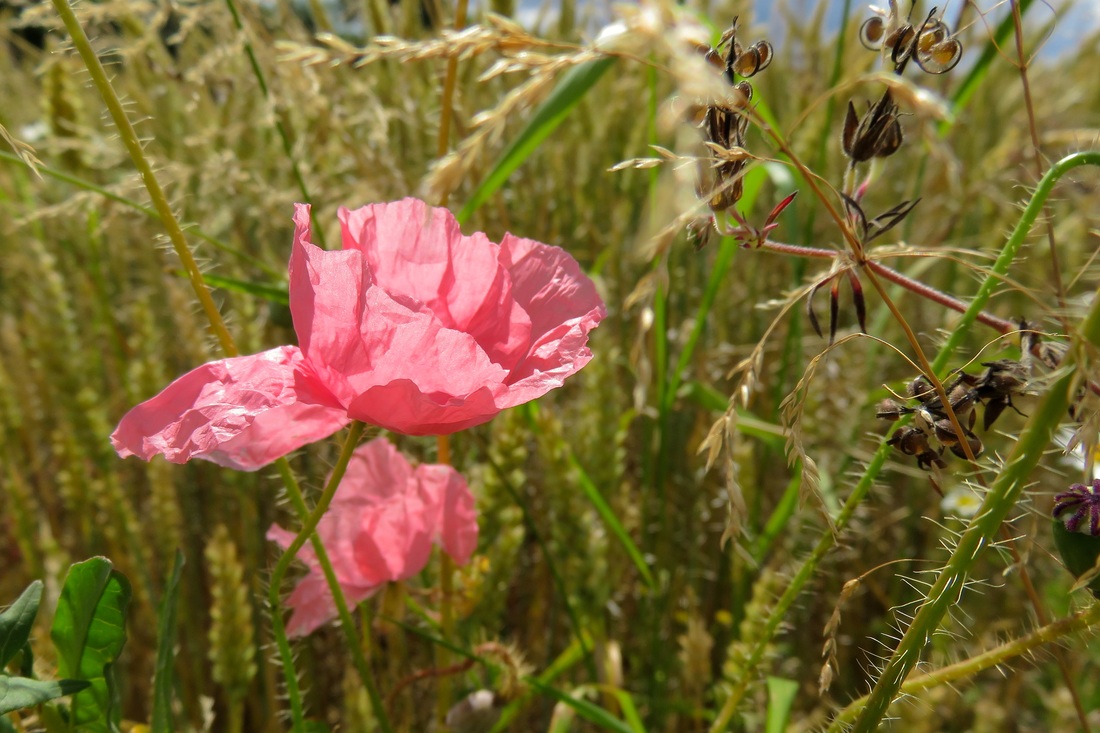
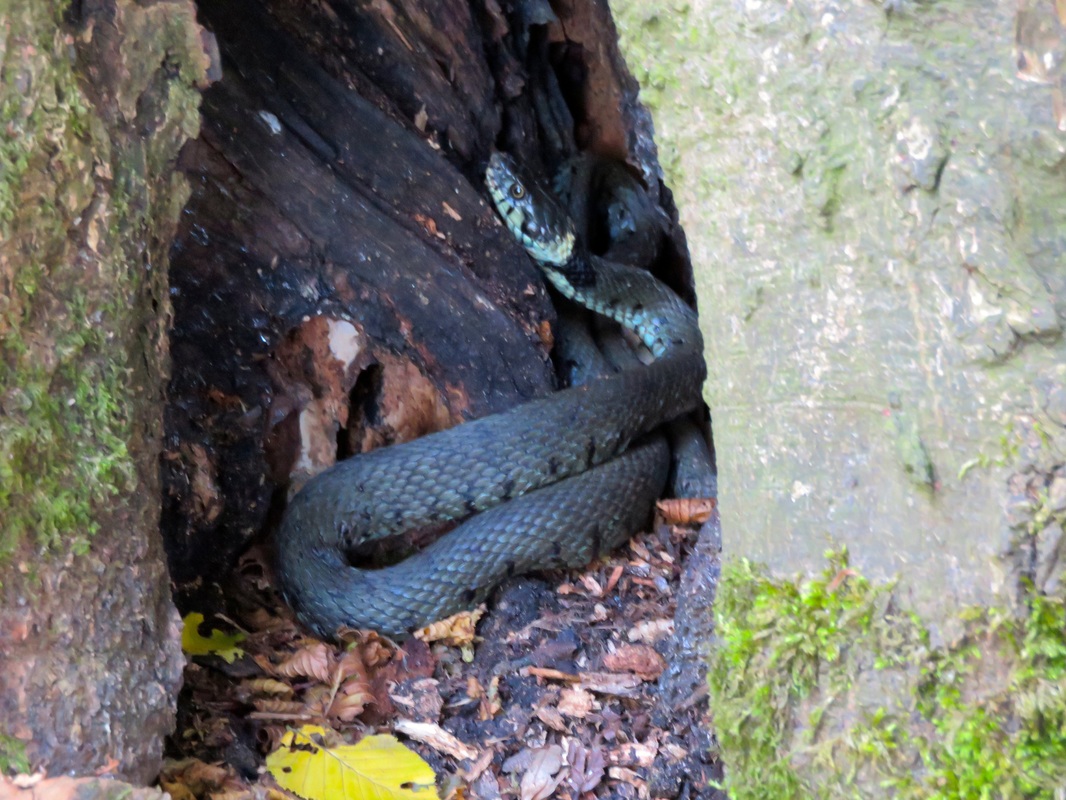


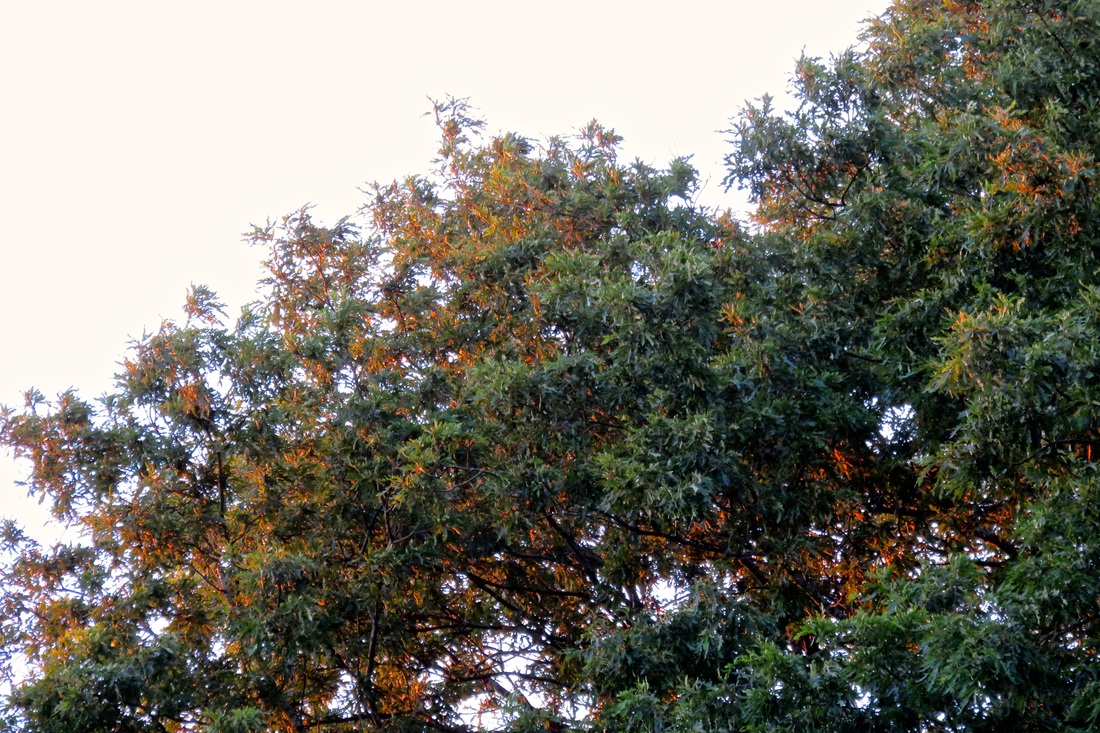
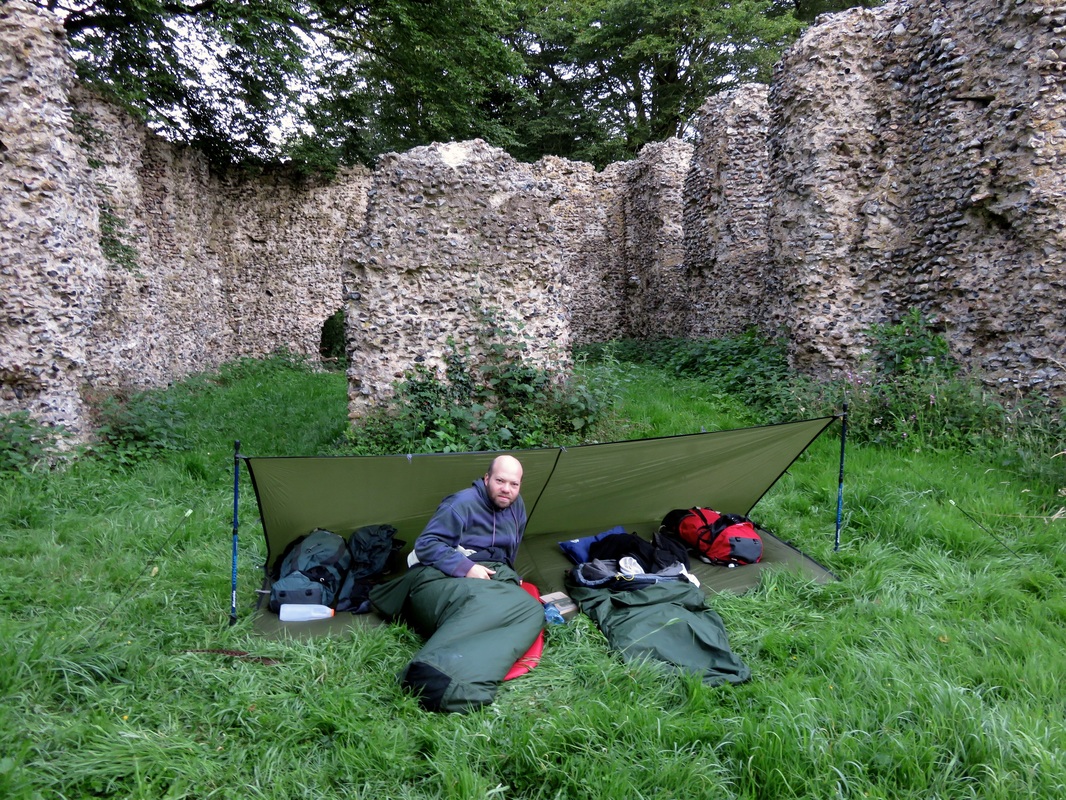
 RSS Feed
RSS Feed
